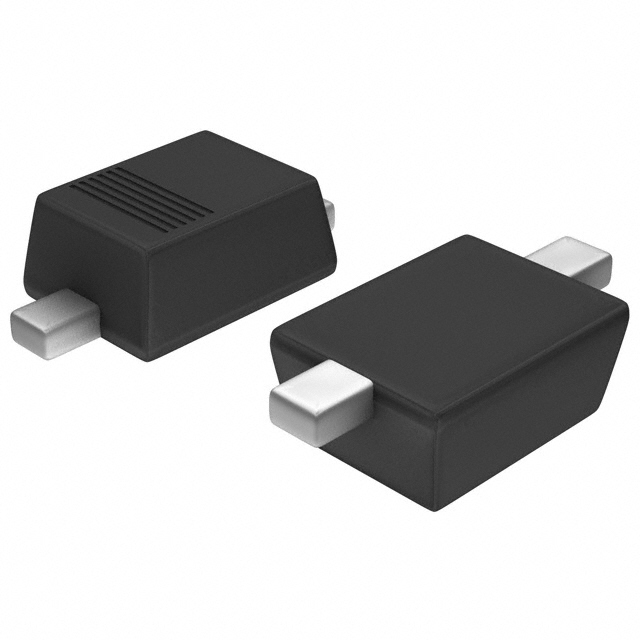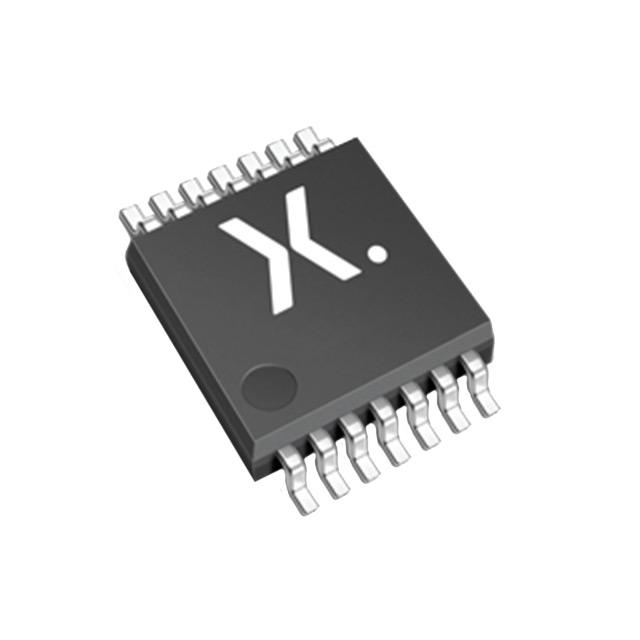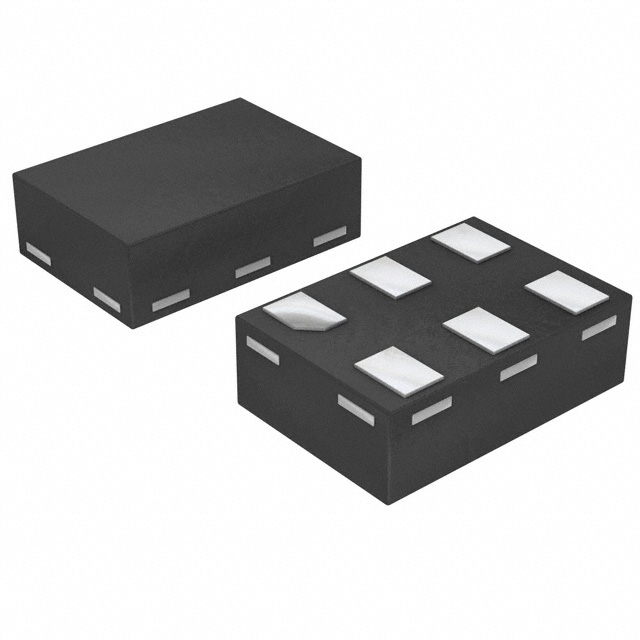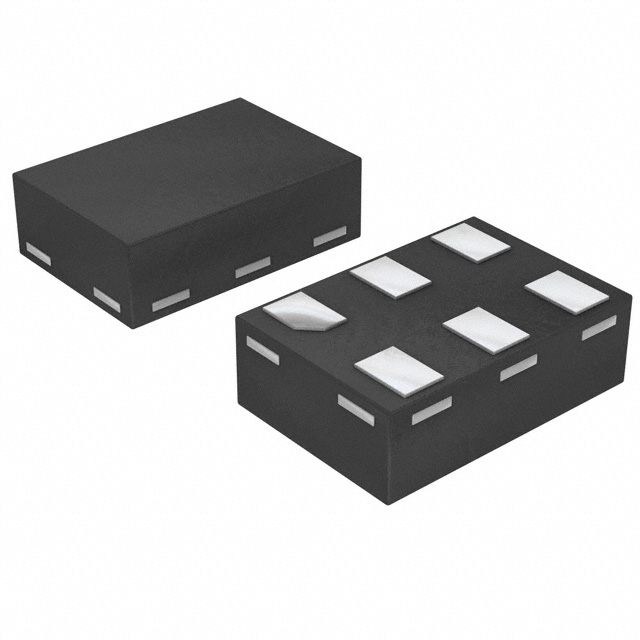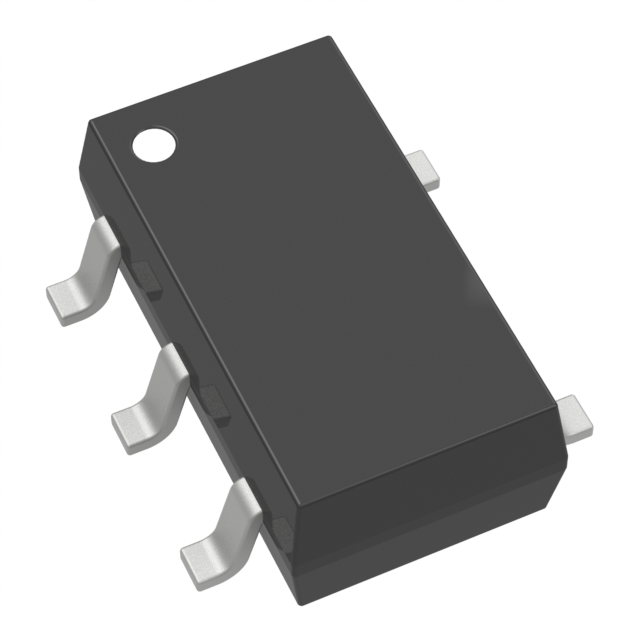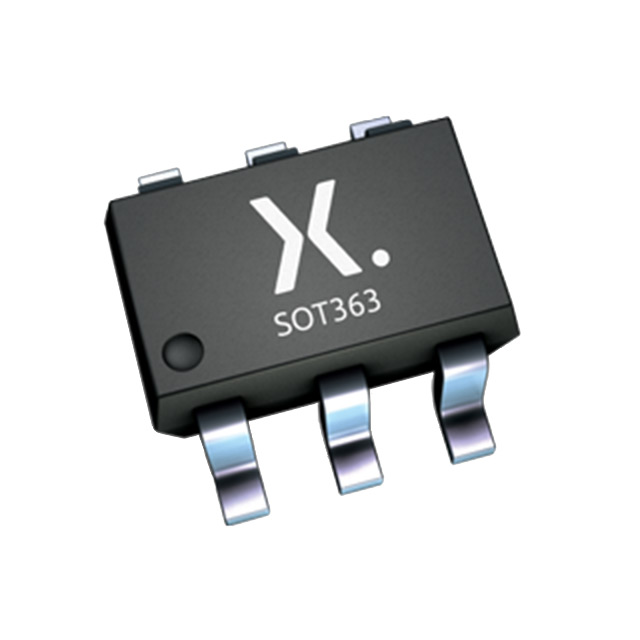
Nexperia
Nexperia is a leading expert in the high-volume production of essential semiconductors, components that are required by every electronic design in the world. The company’s extensive portfolio includes diodes, bipolar transistors, ESD protection devices, MOSFETs, GaN FETs and analog & logic ICs. Headquartered in Nijmegen, the Netherlands, Nexperia annually ships more than 90 billion products, meeting the stringent standards set by the automotive industry. These products are recognized as benchmarks in efficiency – in process, size, power and performance — with industry-leading small packages that save valuable energy and space.With decades of experience in supplying to the world’s leading companies, Nexperia has over 12,000 employees across Asia, Europe and the US. Nexperia, a subsidiary of Wingtech Technology Co., Ltd. (600745.SS), has an extensive IP portfolio and is certified to IATF 16949, ISO 9001, ISO 14001 and ISO 45001.
Nexperia
Extremely fast response to your needs
Save you time, money, and trouble
Save you time, money, and trouble
We treat each other sincerely, long-term cooperation, Jiquan Electronics only focuses on Nexperia (Nexperia) Component spot channels
1PS70SB84,115
1PS79SB30,115
74AHC1G04GW,125
74AHC30D-Q100J
74AHCT04PW-Q100J
74AUP1G0832GM,115
74AUP1G08GM-Q100X
74AUP1G09GW,125
74AUP1G11GW,125
74AUP1T08GWH
74AUP1T45GN,132
74AVC9112GTX
74CBTLV3257PW,118
74HC244D,653
74HC2G32DP,125
74HC4053D,653
74HC4852D,118
74HC573D,653
74HC595BQ,115
74HC595D,118
74HCT04PW,118
74HCT541PW,118
74LV123BQ,115
74LV165PW,118
74LV17APWJ
74LV393PW-Q100J
74LVC08APW,118
74LVC11D,118
74LVC1G04GW,125
74LVC1G07GW,125
74LVC1G126GV,125
74LVC1G14GM,132
74LVC1G17GW,125
74LVC1G53DC-Q100H
74LVC1G74DC,125
74LVC1G74DP,125
74LVC1T45GS,132
74LVC2G04GM,115
74LVC2G08DP-Q100H
74LVC2G08GS-Q100X
74LVC2G126DC,125
74LVC2G14GV,125
74LVC2G14GW-Q100H
74LVC2G17GW,125
74LVC2G3157DPJ
74LVC2T45GT-Q100X
74LVC3G07GT,115
74LVC4066PW,118

